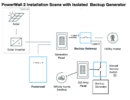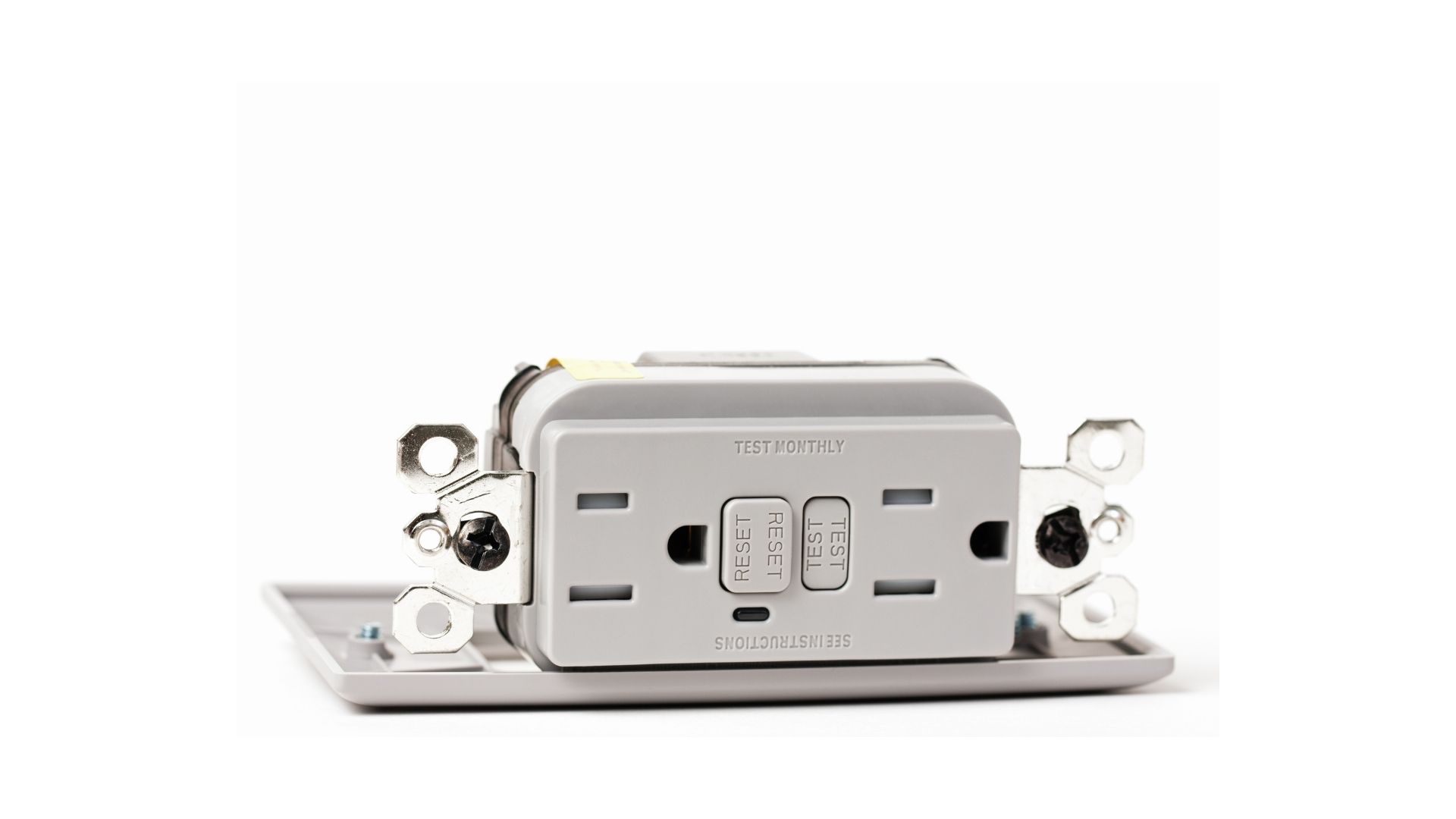TIL via an e-mail from PG&E that there is such an area called Enhanced Powerline Safety Settings (EPSS), and that I live in one. These are adjacent to PSPS high fire risk areas, which I'm not in but close to within a half-mile. By the rough EPSS map for Santa Clara County, I'm just inside the edge of the EPSS area. These areas will shut off the power more quickly during fire season if say a branch drops on a powerline (common occurrence in our neighborhood).
Anyways, the larger point of the e-mail is that I qualify for a $300 generator rebate since I'm in a PSPS or EPSS area. What's even more interesting though, is leaning about EPSS, it seems there is also a different offer of a free Backup Power Transfer Meter (BPTM) and installation for PSPS/EPSS customers, if you own a qualified generator. It is a raised ring that goes into the meter socket behind the actual meter - similar to the Tesla Backup Switch (for Powerwalls, but not approved by all AHJ's). The BPTM has a 240V 14-30 connector, so you can plug in a generator directly behind the meter to power your entire home panel - so no fuss of having to install your own generator lockout/transfer switch, or moving circuits to a backup panel.
Anyone here have experience with this? Obviously not the folks with Powerwalls, but how about the solar-only folks here? Seems like a good deal to enable a whole-home backup option with no fuss. There's at least one sub-$500 dual-fuel genny on the list I see already, maybe worth buying just to get the BPTM installed for free, and then instead buying an EcoFlow or other battery generator to provide backup power instead....
Anyways, the larger point of the e-mail is that I qualify for a $300 generator rebate since I'm in a PSPS or EPSS area. What's even more interesting though, is leaning about EPSS, it seems there is also a different offer of a free Backup Power Transfer Meter (BPTM) and installation for PSPS/EPSS customers, if you own a qualified generator. It is a raised ring that goes into the meter socket behind the actual meter - similar to the Tesla Backup Switch (for Powerwalls, but not approved by all AHJ's). The BPTM has a 240V 14-30 connector, so you can plug in a generator directly behind the meter to power your entire home panel - so no fuss of having to install your own generator lockout/transfer switch, or moving circuits to a backup panel.
Anyone here have experience with this? Obviously not the folks with Powerwalls, but how about the solar-only folks here? Seems like a good deal to enable a whole-home backup option with no fuss. There's at least one sub-$500 dual-fuel genny on the list I see already, maybe worth buying just to get the BPTM installed for free, and then instead buying an EcoFlow or other battery generator to provide backup power instead....




